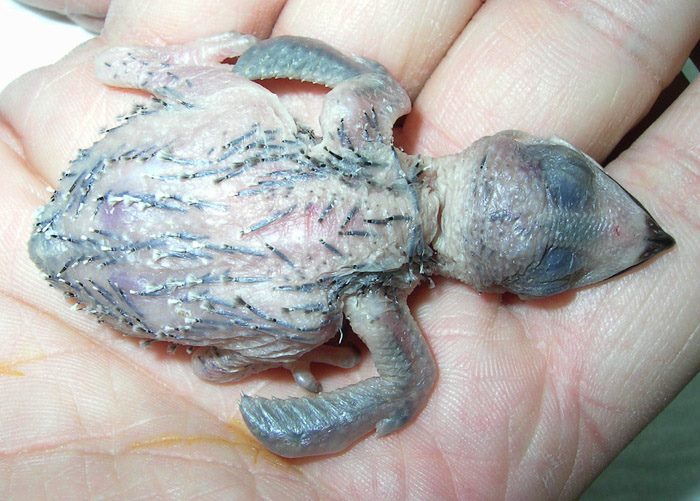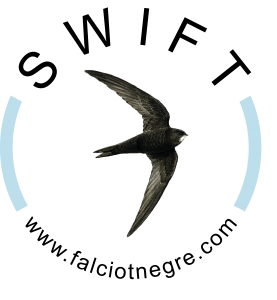Swift natural history
Posted on April 10, 2020COMMON SWIFT Natural history The common swift (Apus apus) is a member of the Apodidae family, with 92 species that are distributed throughout the world, though most are tropical. They spend nine month in Africa, arriving for the breeding season to the south of Europe in April. Common swifts reach more northern latitudes in the first […]

Inappropiate diets for insectivores
Posted on April 10, 2020NON-INSECT BASED DIETS ARE CONSIDERED INAPPROPIATE AND HARMFUL It is essential to be aware of the poor results and risks on the survival of chicks hand-reared using wrong diets (Meat, pet food, grain, lactic formulas, fly maggots, …) It can be establish that poor growth observed on insectivore chicks hand-reared with non-insect diets is clearly […]

Grounded Swift
Posted on January 30, 2020Wildlife casualties are usually found by public. Their welfare depends on general awareness of the correct action to be taken when we find a wild animal in need of assistance. The correct action and where to seek further information and assistance is essential.

Clinical examination
Posted on January 29, 2020Before starting the clinical examination it is important to obtain as much information as possible from the donor. This information may help to identify the casualty cause and help on the prognosis.
It was found in a dirty water puddle – that’s why it is covered by oil;
it was found in a cat’s mouth – so external wounds are observed;
it was found in a chimney or kitchen estractor? – So the dust covering the bird is soot or oil;
it was found near a window? –possibly the bird hit the window and that’s why the bird was stunned.

